
22-12-2025 00:47
Patrice TANCHAUDBonsoir, récolte à proximité du milieu dunaire

21-12-2025 21:32
Pol DebaenstHello, Garden, Burgweg 19, Veurne, BelgiumOn 10/1

21-12-2025 21:40
Isabelle CharissouBonjour, j'aimerais connaitre les références de

21-12-2025 21:31
Pol DebaenstHello, Garden, Burgweg 19, Veurne, BelgiumOn 10/1

21-12-2025 21:31
Pol DebaenstHello, Garden, Burgweg 19, Veurne, BelgiumOn 10/1

20-12-2025 23:08
Patrice TANCHAUDBonsoir, récolte sur sol sablonneux dans l'arri�

21-12-2025 09:32
Hello.A tiny ascomycete found embedded in wood in

20-12-2025 15:47
Mirek GrycHi.These grew on pine wood that was heavily covere

Found on cow dung.
Fruitbody is covered with rigid, thickwalled, setpated hairs, 8,2 um thick, wall 2.5 um
Spores: 5.5-5.8x2.6-2.8 um, filled with 3 oildrops.
No asci found.

Hi Joop,
without asci I would think of an anamorph :-)
I am not very good (better say bad) in anamorphs, but this reminds me a little of Volutella. Surely there will be a more competent answer later.
Regards from Lothar

The underside does not colour orange as the previous one.
Hairs septated, thickwalled 9.1-9.35 um wide, wall 1.3-2.0 um.
I it possible that the previous one is an anamorph also.

I never said it would be V. ciliata (I know it isn`t), and I do not at all insist in Volutella. I only told you that it reminds me of species of this (form)-genus. This is still the case :-)
Regards from Lothar
"I it possible that the previous one is an anamorph also" -
I would say it is more than possible :-)


Lothar is right, your fungus belongs the genus Volutella, all characteristics that you give fit well with this genus.
Regards,
Christian

Following Lothar and Christian's comments, the conidial size fits well for Volutella ciliata:
"(conidia 4.5-6.5 x 2-3 µm)" from Seifert, Kendrick and Murase "A Key to Hyphomycetes on Dung" (1983). I see it quite often on dung cultures . . .
regards
Chris

Michel.

I found an article about Volutellonectria with Volutella anamorphs. I agree with Chris that this should be V. ciliata looking at the photos in the article. But what I thought to be V. ciliata can be V. asiana in my opinion. All Volutella anamorphs for Volutellonectria do have salmon-coloured sporodochia like with my first finding.
http://www.mapress.com/phytotaxa/content/2012/f/pt00044p010.pdf
And by the way Chris can you send me the article of Seifert, Kendrick and Murase?
If you have Seifert, Kendrick and Murase "A Key to Hyphomycetes on Dung" (1983) as a pdf, I would appreciate a copy too.
Regards, Chris

I would be interested in both articles, too :-)
Regards from Lothar

Hello Lothar,
Maybe this article is also interesting:

thank you very much, Joopf!
Regards from Lothar

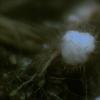
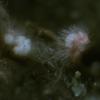
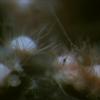
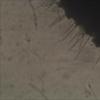

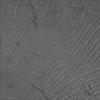
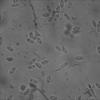
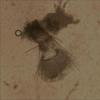
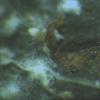
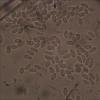
 An-overview-of-the-taxonomy-phylogeny-and-typification-of-nectriaceous-fungi-in-Cosmospora-Acremonium-Fusarium-Stilbella-and-Volutella-0001.pdf
An-overview-of-the-taxonomy-phylogeny-and-typification-of-nectriaceous-fungi-in-Cosmospora-Acremonium-Fusarium-Stilbella-and-Volutella-0001.pdf